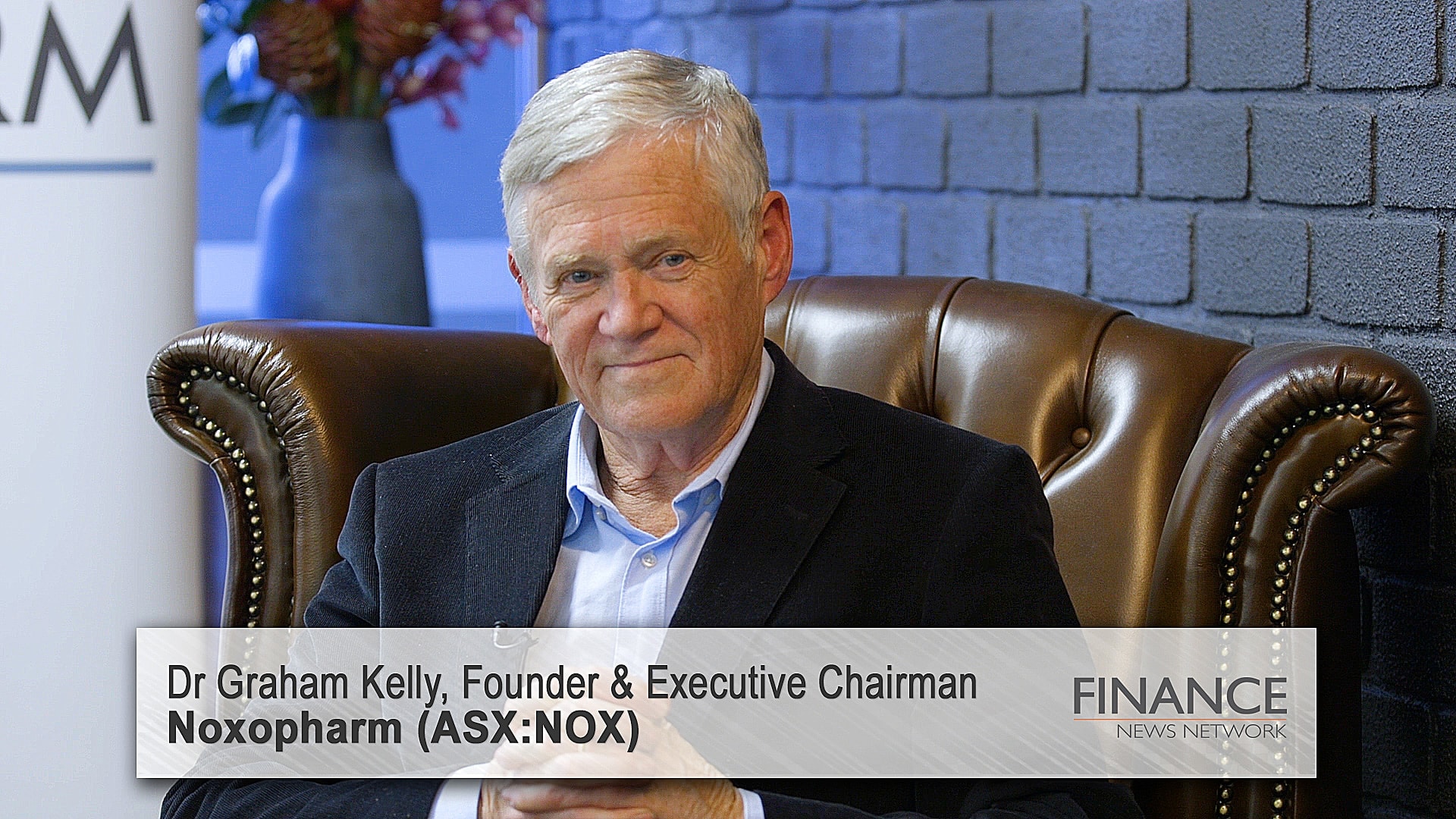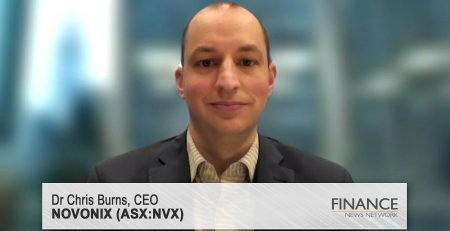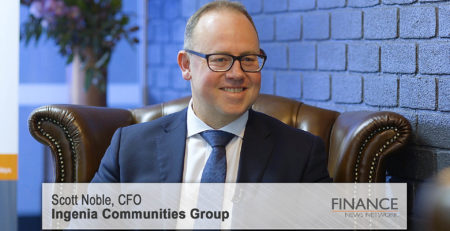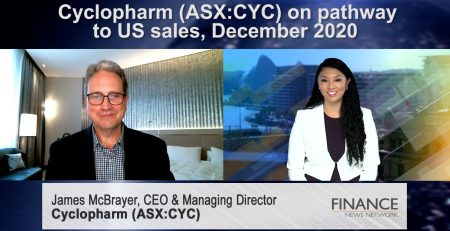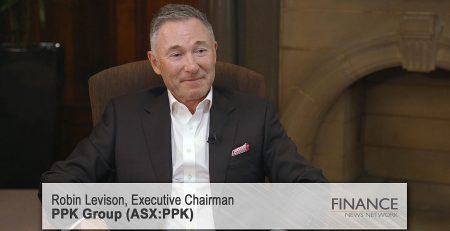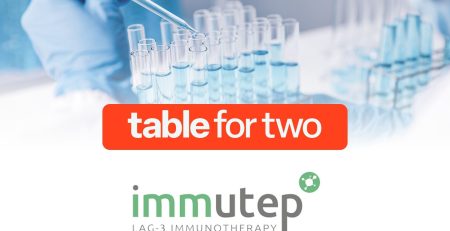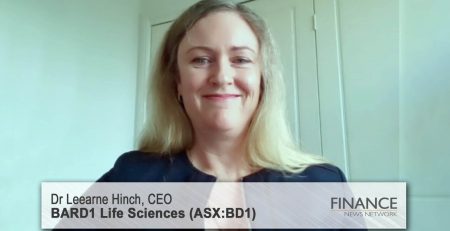Noxopharm looks at treating prostate cancer with Veyonda® in the LuPIN trial
Noxopharm Limited (ASX:NOX) Founder and Executive Chairman, Dr Graham Kelly, discusses early results on the use of Noxopharm's lead drug candidate, Veyonda, for the treatment of prostate cancer.
Katrina Bullock: Hello. I'm Katrina Bullock for the Finance News Network, and joining me today from Noxopharm (ASX:NOX) is Executive Chairman and Founder Dr Graham Kelly. Graham, welcome back.
Dr Graham Kelly: Thank you, Katrina.
Katrina Bullock: Now, Graham, I understand there's been an exciting announcement in relation to Noxopharm's lead drug candidate, Veyonda. Could you tell us a little bit more about that?
Dr Graham Kelly: It is exciting, although it needs to be said that this is early data. We're dealing with men who have reached the end of their disease process with prostate cancer. So, these are men who have exhausted all their available treatment options and they now typically have a matter of months to live. So, we are attempting to use our drug, Veyonda, to make radiation in these men much more effective and to offer something meaningful to them. And the data we're looking at suggests that that is what we're doing.
Katrina Bullock: So, I understand the news relates to a clinical study into prostate cancer, the LuPIN study. Could you step us through what that study is?
Dr Graham Kelly: It's a study being conducted here in a hospital in Sydney, St Vincent's Hospital, and it involves 56 men. And again, these are men who have late-stage prostate cancer, post all standard forms of therapy. And they are being treated with a form of radiation that's injected intravenously. And the whole theory is that that radiation finds its way to all the cancer cells around the body so that you're more effectively getting radiation to all the different tumours around the body.
The technology is owned by the large pharmaceutical company, Novartis. The study that's being conducted here in Australia called LuPIN is simply using our drug, Veyonda, with their drug to see whether the combination will give a good response rate.
Katrina Bullock: And what does this mean for men suffering with prostate cancer?
Dr Graham Kelly: Men with late-stage prostate cancer of the type that are being used in this study really have run out of treatment options. What people are trying to achieve with these men is better symptom relief, to slow the tumour down to the point where the pain is less, their quality of life is better and hopefully they'll live longer.
So we've looked at the first 16 men, and asking the question, how many of these men have been able to reach their fourth treatment cycle? So, reaching the fourth injection of this Novartis drug is important because the longer you stay on treatment, the longer you're responding. And what the data is now showing is that 69%, so almost 7 out of 10 men, are able with this combination to reach that fourth treatment cycle.
Now, we've got to be careful about interpreting this data because they're two quite separate studies. All we're talking about today is the combination, and that's the critical message to take out of this data. The combination treatment of our drug plus the Novartis drug is providing almost 7 out of 10 men with the opportunity to have a response.
Katrina Bullock: And, Graham, what do these results mean for Noxopharm?
Dr Graham Kelly: So, the medical world has been looking for some time now for a drug that can be given in conjunction with radiation to make radiation more effective. And there's nothing that's really widely used that actually does that. And we believe that Veyonda has the ability to become that drug. And the data we're talking about today we think goes some way to supporting that confidence.
Katrina Bullock: So, where to now for LuPIN study?
Dr Graham Kelly: Today we're only talking about the first 16 patients, and there's 56 patients in total to be enrolled. The hospitals are getting close to finalising the enrolment, and then they will follow each man for about 12 months after they've been treated. So, that's going to take us up to the end of 2020 before the study will be finally complete. But there's a lot of data to be released between now and then. This is the first 16 patients. There'll be hopefully a report after 32 patients, and so forth. So, there's quite a lot of data that's yet to be mined from this quite large study.
Katrina Bullock: Dr Graham Kelly, thanks for the update.
Dr Graham Kelly: Thank you.
Ends
Copyright 2019 – Finance News Network
Source: Finance News Network

